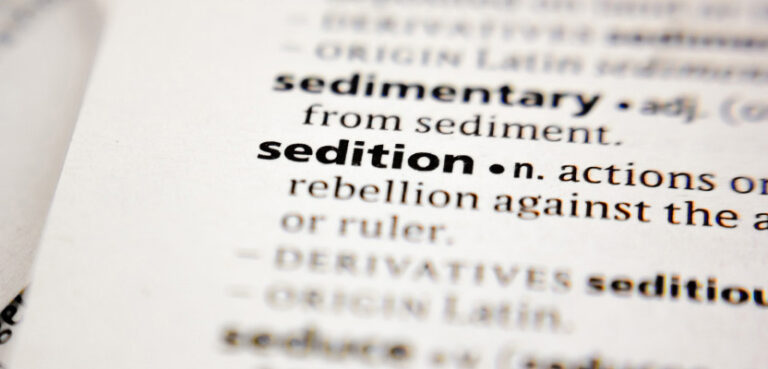Understanding the US Ban on Artificial Dyes
The recent move by the US government to ban particular artificial food dyes has sparked a significant conversation among consumers, industry experts, and regulatory bodies. The ban prominently includes Red Dye No. 3, which has been linked to various health concerns, including possible cancer risks. This decision, announced by the FDA, aligns with a growing trend toward healthier, cleaner food products and shifts in consumer preferences. For businesses in the food and beverage industry, especially those relying heavily on artificial coloring agents, this change signifies both a challenge and an opportunity.
What Are Artificial Dyes and Why Are They Used?
Artificial dyes have been a staple in the food production industry for decades. They are used to enhance the color and visual appeal of food products, making them more attractive to consumers. These dyes, often derived from chemical processes, can create vibrant colors that natural ingredients sometimes cannot achieve. However, rising awareness about health implications associated with these additives – particularly concerns over their safety – has led to greater scrutiny and regulation.
The Controversy Behind Red Dye No. 3
Red Dye No. 3 has been one of the most controversial food colorants in recent years. Studies have suggested a correlation between this dye and various health issues, including childhood hyperactivity and cancer risks. Although the FDA approved the use of this dye for certain applications, mounting pressure from advocacy groups and consumer demands for transparency have prompted a reevaluation of its safety. Notably, the FDA’s recent decision to ban this dye reflects a growing understanding that consumer safety and health should be prioritized over traditional manufacturing practices that involve artificial ingredients.
Implications for the Food and Beverage Industry
With this ban on Red Dye No. 3, food manufacturers in the US must now reassess their product formulations. This includes:
- Ingredient Sourcing: Manufacturers will need to explore alternative natural coloring agents, which could involve rethinking sourcing strategies and aligning with suppliers who understand the importance of cleaner ingredients.
- Product Reformulation: Reformulating products can be both a financial burden and an opportunity for innovation. Brands that utilize natural colorants not only comply with regulations but could also market their products as healthier options.
- Consumer Engagement: Transparency is increasingly vital for consumer trust. Brands that proactively communicate changes to their products and emphasize the health benefits of natural dyes may find enhanced loyalty and competitive advantage.
The Role of Automation in Adapting to Change
As businesses navigate these changes, they might also benefit from exploring n8n workflows and AI consulting. Implementing automation in processes can streamline ingredient sourcing, enhance product development, and facilitate effective communication with consumers.
For instance, companies can utilize n8n to automate data collection on alternative natural dyes, ensuring they stay ahead of trends and consumer preferences. By automating repetitive tasks related to ingredient analysis and compliance reporting, businesses can focus more on strategic initiatives such as product innovation. Moreover, AI consulting can provide deep insights into market demand, allowing companies to align their offerings with what consumers are actively seeking.
Consumer Perspective: What Does This Mean?
From a consumer standpoint, the US ban on artificial dyes, particularly Red Dye No. 3, signifies a shift towards safer food options. Consumers are becoming increasingly conscious of what they are putting into their bodies, and bans like this reflect the market’s response to such demands. This change not only reduces exposure to potentially harmful chemicals but also promotes healthier dietary choices.
In addition, the growing trend towards clean eating is prompting many consumers to seek out brands that prioritize natural ingredients. Businesses that adapt to these changes swiftly and effectively are more likely to thrive, capturing the interest and loyalty of health-conscious buyers.
Future Prospects for the Food Industry
As the ban takes effect, it will undoubtedly influence food trends and consumer behaviors in significant ways. Companies that successfully reformulate their products, embrace natural ingredients, and invest in automation will lead this change. Furthermore, the ongoing emphasis on sustainability and health in food production could result in an industry-wide shift away from all artificial dyes and additives.
In conclusion, the US ban on artificial dyes, including Red Dye No. 3, represents a pivotal moment for the food and beverage industry. It challenges companies to innovate while ensuring consumer safety. Looking ahead, businesses that adapt by leveraging new technologies, understanding changing consumer preferences, and committing to transparency will not only survive but flourish in this evolving landscape.






